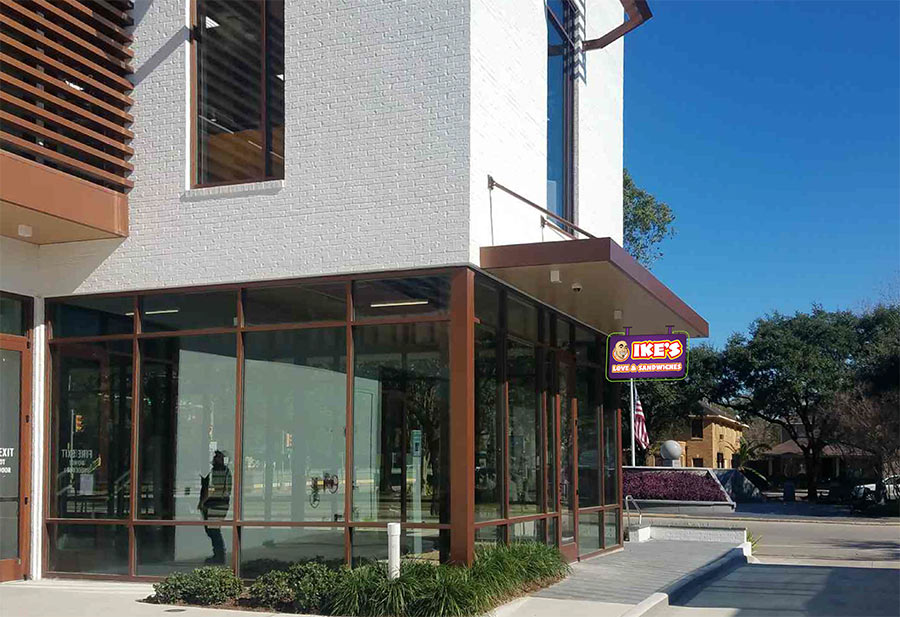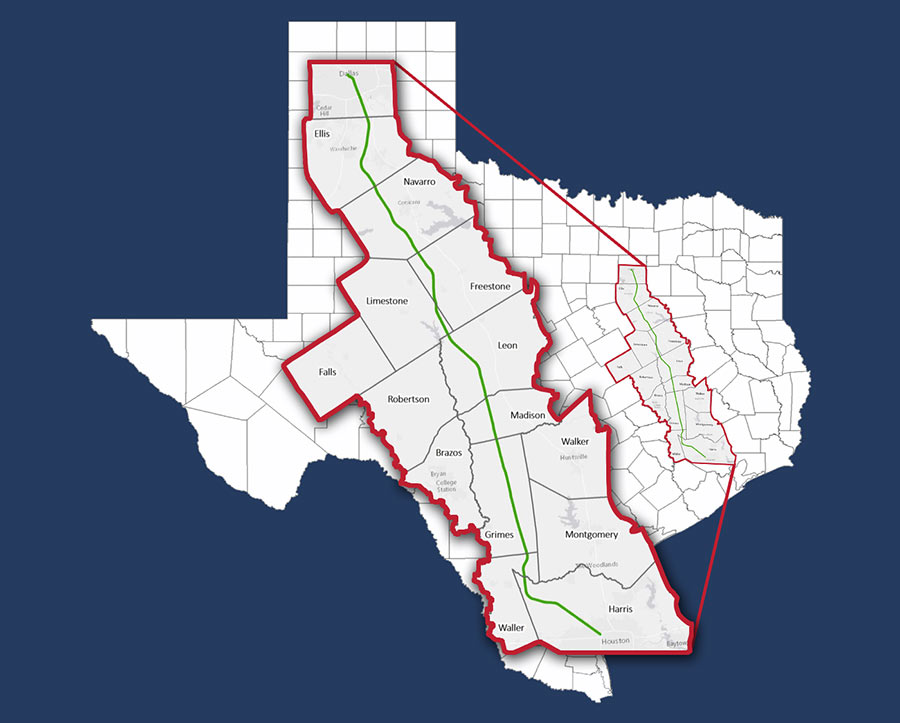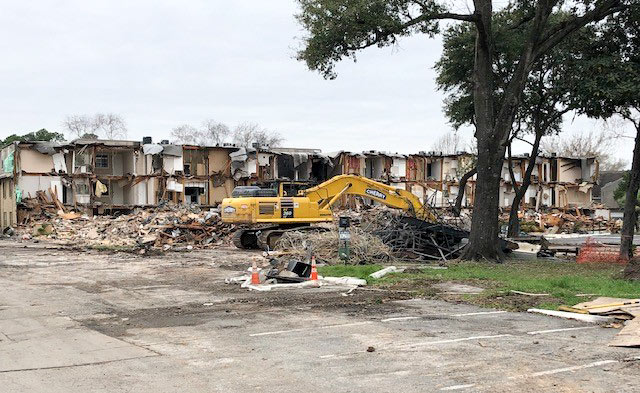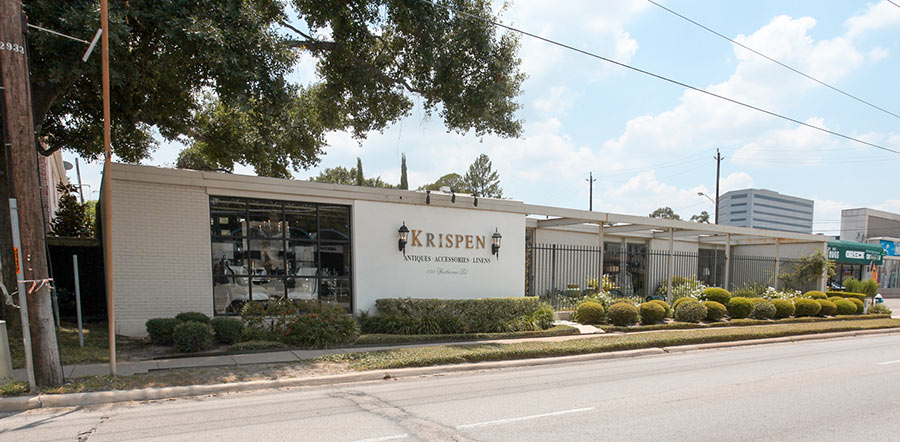
While hammering out the details of the Astrodome’s climate control system back before the building existed, members of the design team planned for some pretty bizarre weather not just outside it, but inside its 9.5-acre interior as well. According to I.A. Naman, whose firm designed the stadium’s air conditioning, “An experience had been reported previously regarding large dirigible hangars where unusual weather conditions were reported to have resulted in rainfall inside the hangar, even though it was not raining outside.” He wasn’t joking. “There was speculation that we might have such a situation in the stadium where fog, haze, self-generated turbulence in the nature of a tornado, cloud formations or even rain, might conceivably be experienced,” he wrote in 1966. “Was this something which really could happen or was it only a fear with no real basis?”
That the air inside the stadium would likely be filled with tobacco smoke made things even more complicated. If the smoke were to form a cloud of sufficient density, the engineers worried that it might obscure the audience’s view of what they came to see. “It was impractical to try to eliminate the smoke cloud entirely,” wrote Naman. So the question became: How much smoke could there be before the action on the field became too hard to follow? To find out, “A simple experiment was arranged,” he wrote. A few engineers sat down inside a sealed glass box. Outside the box, an attendant flicked on a color movie of a baseball game. Slowly and carefully, smoke was piped into the box until the engineers could no longer discern the game. A measurement was taken, indicating the maximum amount of haze a spectator could conceivably put up with. It became the target level that the design team strove to meet.
In order to reach it, they concluded:
CONTINUE READING THIS STORY
A Chance of Indoor Showers









 On Friday, the judge for Texas’s 87th District Court declared that Texas Central, the company planning a high-speed rail line between Houston and Dallas, cannot use eminent domain to snatch up land within Leon, Freestone, or Limestone counties — 3 of the 10 counties that the train’s proposed 240-mile route is set to traverse. Texas law does allow “railroads” to use eminent domain in seizing land for projects, it’s just that
On Friday, the judge for Texas’s 87th District Court declared that Texas Central, the company planning a high-speed rail line between Houston and Dallas, cannot use eminent domain to snatch up land within Leon, Freestone, or Limestone counties — 3 of the 10 counties that the train’s proposed 240-mile route is set to traverse. Texas law does allow “railroads” to use eminent domain in seizing land for projects, it’s just that  “As I have long observed, pretty soon the only remaining example of the original housing stock of the greater Rice Military neighborhood will be the Beer Can House.” [
“As I have long observed, pretty soon the only remaining example of the original housing stock of the greater Rice Military neighborhood will be the Beer Can House.” [








 Well, that was fast. Two weeks after opening,
Well, that was fast. Two weeks after opening, 
